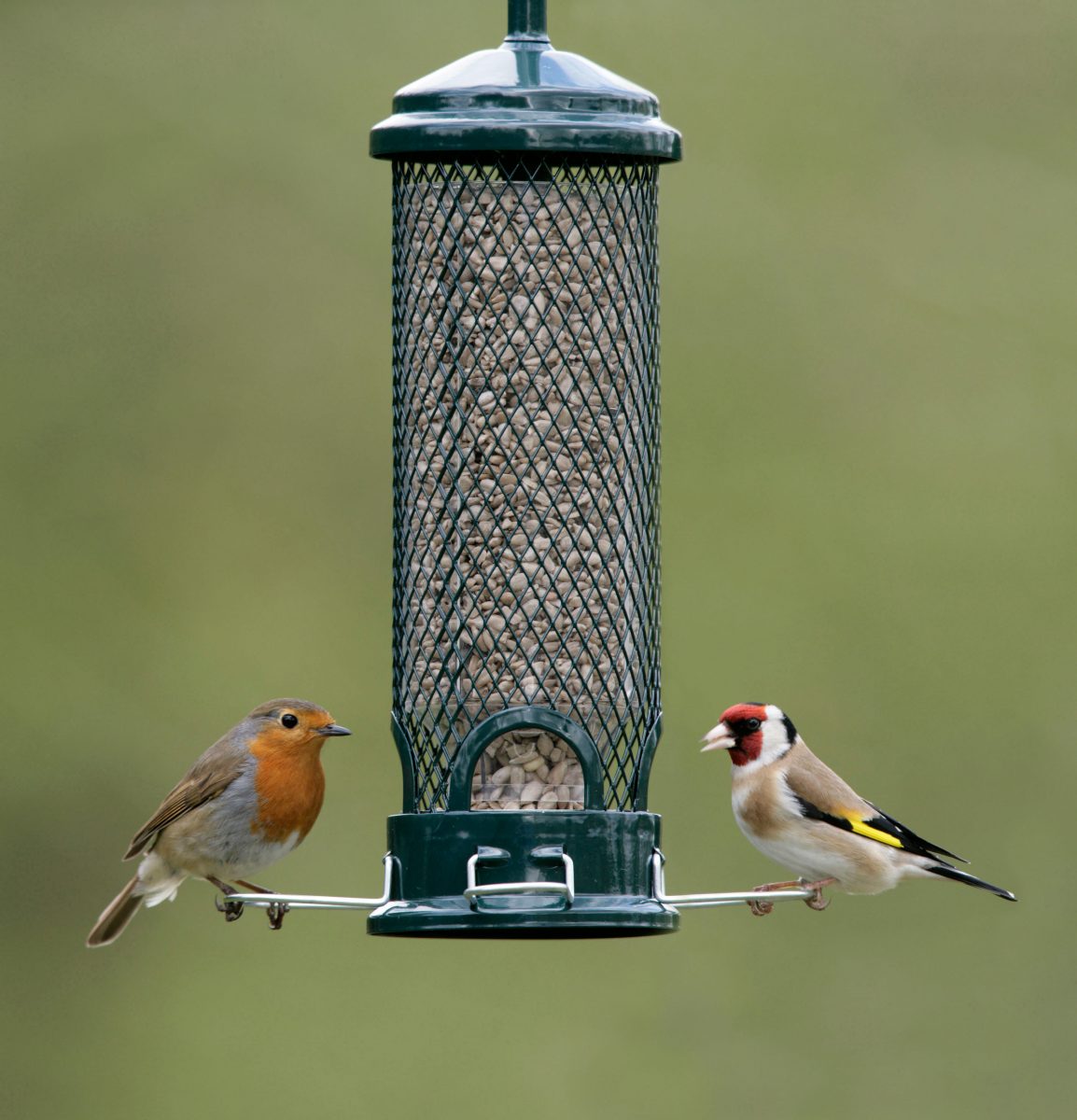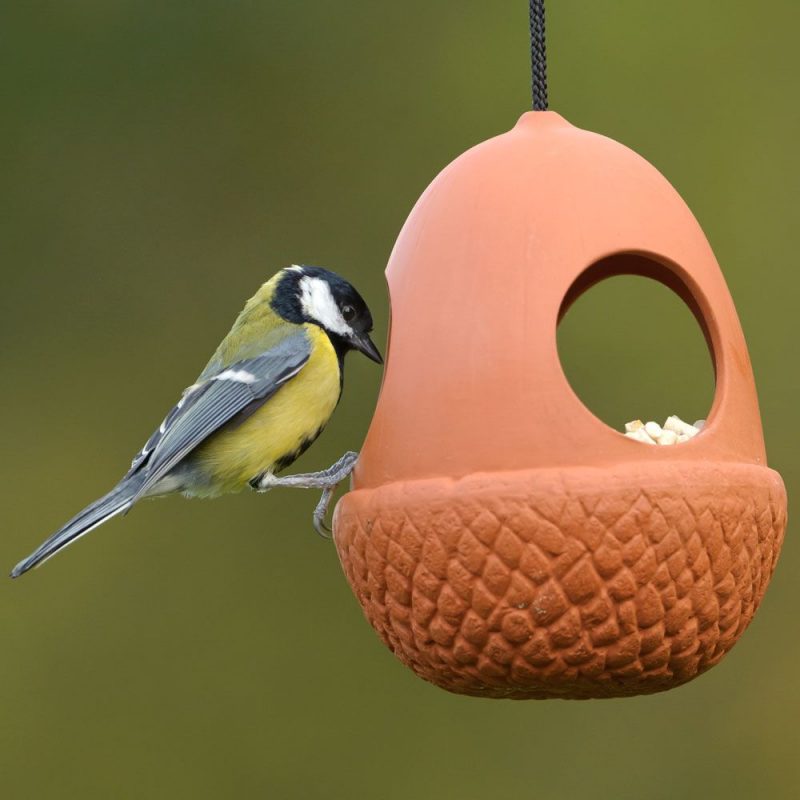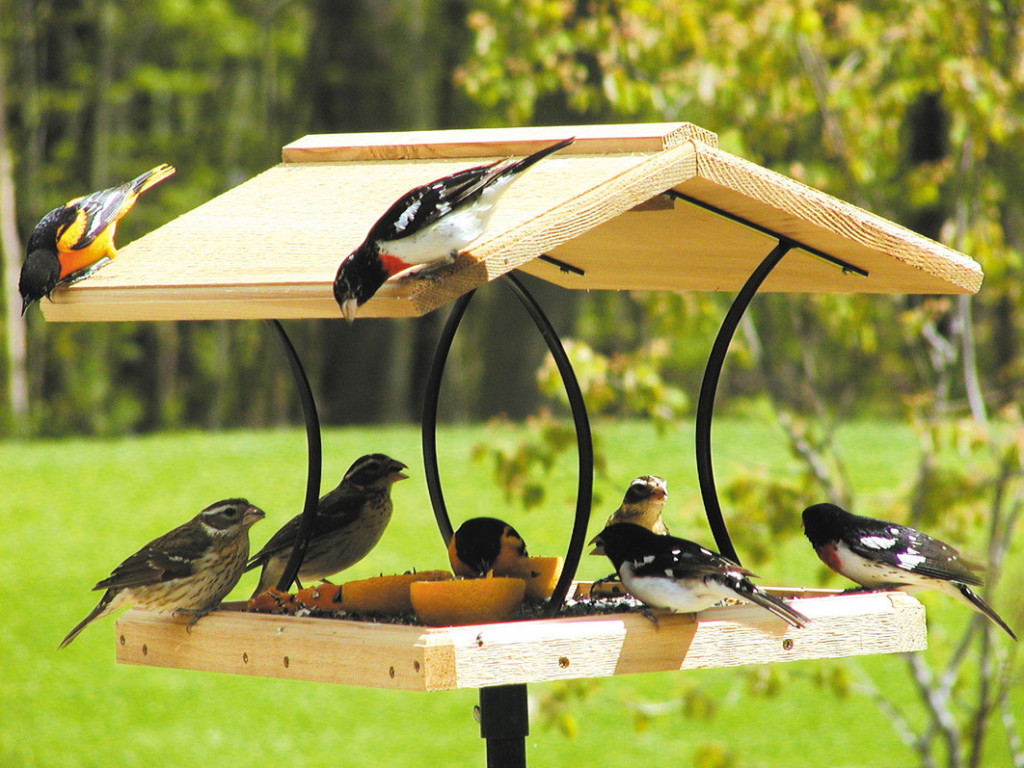Wild birds can use some extra food. Especially in winter, additional feeding is necessary and fun to do. But how do you prevent vermin from running off with your bird food?
The food is usually intended for tits and other small birds, not for pigeons, crows, or jackdaws, which can easily feed a pest. Mice and rats also eat bone, this is of course not the intention at all! With a few simple adjustments, you can keep pests away from feeding places.
Keep other bird species away
If you feed the birds, you want to avoid certain birds eating with you. It is even forbidden to feed pigeons in the Netherlands and although legal action is rarely taken, it can cause a lot of nuisance. Birds you want to avoid feeding include:
- pigeons
- crows
- Chew
- magpies
- seagulls
Sometimes it is also undesirable for jays to eat with them, as these are also crow-like and these birds like to eat eggs of other birds in the spring.Weight All these birds are clearly a lot bigger and heavier than finches, sparrows, and other small birds.
You can use this if you want to feed in a targeted manner. By hanging the feed ball on a thin and small string, the larger birds cannot easily land on it. Make sure that they cannot land next to the food to still eat.
A thin string also has a disadvantage; Crows are known to take whole fat balls with them. They break the rope and fly off with the food, to eat it quietly further on. This can be prevented by using iron wire, but be careful with sharp protruding parts.
Reading Suggestions: Budgie Names
Small amounts
Another way to keep these birds away is to keep feeding them in small amounts. Large birds do not get enough energy from this or do not even find food. In short, give small amounts of food, and feed more often.
Seagulls and waterfowl
Gulls usually do not come for bird food. They find their extra food in waste and on the street. This is convenient, as seagulls can eat decent amounts! Gulls can be a problem when feeding waterfowl. They can catch the food from the air, leaving nothing for the other birds.
Therefore feed on a low spot, close to the water. Feed small pieces of bread and many at a time. The best way is of course feeding when there are no seagulls around, but this is not always easy.
Keep animals away on the ground
Rats and mice in particular enjoy bird food on a large scale if you are not careful. Once there are mice or rats near the house, it is difficult to get rid of them. Prevention is better than cure, the saying goes. Prevention is not difficult when you feed birds.
Small amounts
By feeding small amounts, the birds eat everything. If you feed too much, the birds will be satiated at some point. Leftover food is left for pests.
Spreading food in a high place
Do you feed grit? Then place it on an elevated place such as a table or other platform. Note: mice and rats can also grow here, so it is not wise to leave food here for a longer period of time. Birds, however, feel safer if they are higher up, so they will eat more. It is also easier to remove other food.
Take away in time
If the food is not eaten after a few hours, remove it. The birds haven’t found it or just don’t need food (yet). They may eat after a few days, but if it’s there too long, it’s a tasty snack for vermin. It can also go moldy.
Hang up well
If you are feeding fat globules or other hanging forms of bird food, hang it up high. Sweep up the fallen food regularly, especially if it concerns large quantities.
Special feeding systems
There are special feeding systems available, these help against vermin. Usually, these are hanging systems with small openings, in which grit must be placed. This helps against unwanted birds as well as other pests. However, such a system, in turn, has purchase costs and takes up a relatively large amount of space.









